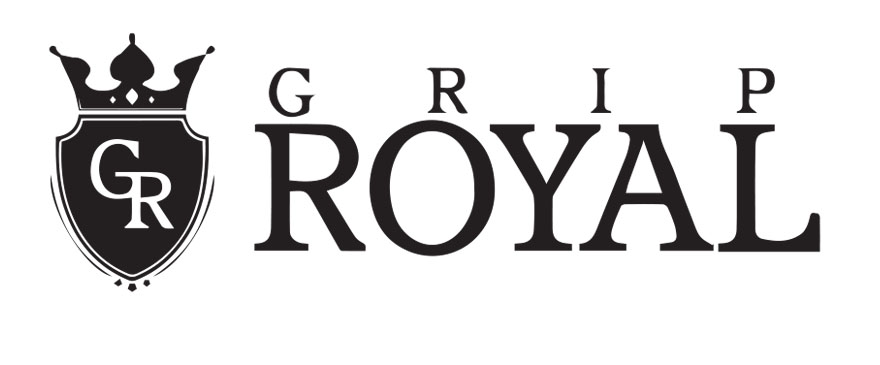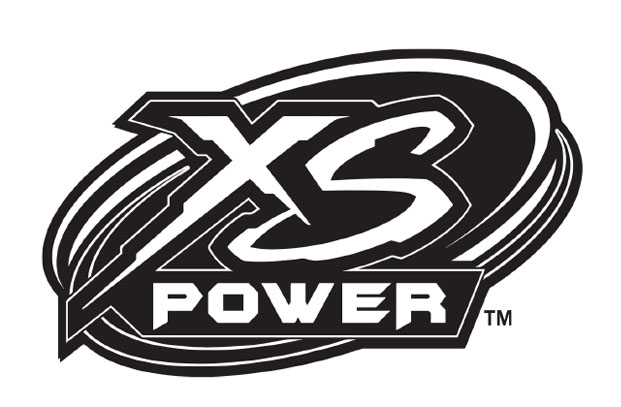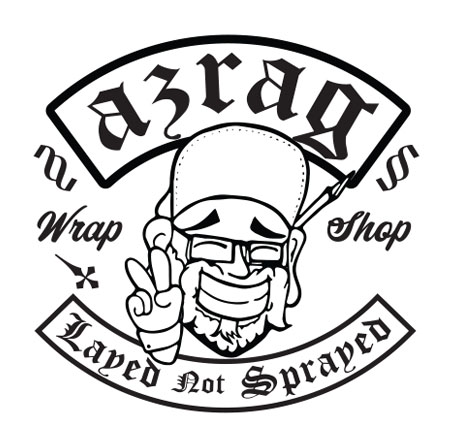Save time at the gate and at tech… Download & Print your tech sheet here.
Competition rule book is here.
DRIVER TEST/TUNE EVENT RULES/GUIDELINES
1. Safety Requirements
1.1 Officials
All Drifting events will have a Safety Steward present from the time registration opens until the event ends. The Safety Steward can have no other assignments.
Safety rules will be strictly enforced for the safety of all drivers, volunteers and spectators. Failure to comply with the event safety regulations or the Safety Steward’s directions may be punishable by disqualification from the event.
1.2 Speed Limit
For the date of the event, the speed limit is 5 mph for all vehicles on the site unless otherwise posted. This includes pit/paddock areas, grid, and all hot pit areas.
1.3 Pit Areas
Event staff, organizers and the Safety Steward reserve the right to discharge persons in pit area without refund. Speeding, “squirreling”, scrubbing tires, testing, practicing or burning-out at the event site are considered unsafe practices. Violators shall be subject to disqualification from the event and shall be asked to leave the site immediately without refunds. Bicycles, skateboards, roller skates, in-line skates, scooters, go-peds, etc. have limited access or are not allowed in the paddock areas, grid, and all hot pit areas. No unleashed animals are allowed on the premises. Toddlers and children under 18 are not allowed on the premises without adult supervision.
1.4 Paddock
Because of tight paddock space, each competitor is allowed ONE support vehicle. Other vehicles must be parked outside the paddock in designated areas. Support vehicles must display a vehicle pass plainly visible and fully adhered. All support vehicles must be parked within designated paddock space. Any vehicle in the paddock without an appropriate pass will be removed.
1.5 Spectators
Anyone entering the site, including spectators, must sign the liability release waiver form before being admitted onto the event property. Spectators are considered as general admission and will receive a ticket/wristband at the time of signing the release form. Spectators will only be allowed in the restricted spectator areas and are not allowed to enter the course area without permission of the event chairman and escort of event staff.
2. Course Safety
2.1 Course Access
Participants and non-participants must be kept at a safe distance from the course, particularly at the outside of turns and at the start and finish lines. Unless protected by substantial barriers, nonparticipant areas must be roped or barricaded off. The Safety Steward shall have the authority to set minimum viewing distances from the course, but such minimum viewing distances may not be less than 75 feet from the course edge. All viewing areas must have adequate barrier protection, such as concrete k-walls or tire walls. Spectators should normally be kept a minimum of 10 feet behind the barriers. Viewing areas may not be in a runoff zone where cars might be in full
drift mode. Access to the course inner area and outer boundaries during runs is limited to workers for that group, safety stewards, event chairpersons, and photographers approved by the event chairperson. Photographers must be accompanied by a spotter at all times while beyond the spectator boundaries.
Spectators and other photographers must stay within the spectator boundaries at the start/finish lines and paddock areas.
No repair or refueling in the hot pit area.
2.2 Course Safety Rules
1. Speeds on straight stretches may exceed 60 mph for the fastest category cars. The fastest portions of the course shall be those most remote from spectators and property. Turns should not normally allow speeds in excess of 45 mph. Conformity to these speed guidelines does not preclude reasonable and prudent consideration of the conditions encountered.
2. The course as laid out shall be on a paved surface that contains no dangerous holes, loose gravel, gratings, oily spots, or other hazardous features. Dips that could get a car airborne shall not be included.
3. The course shall be well marked with pylons or other “markers”. The base of each marker shall be outlined to permit accurate replacement if displaced. Displacement of course markers shall result in time penalties.
4. The course boundary shall not normally pass closer than 25 feet from solid objects.
5. Course limits must never be marked by curbs, buildings, poles, trees, soft shoulders or other hazards likely to cause damage to a car.
6. Negative cambered turns will be avoided.
7. A long straight (over 150 feet) should not (but may) terminate in an extremely sharp turn (e.g., a short radius U-turn). Long straights shall not terminate at a point where participants, non-participants or obstacles are directly in front at a distance closer than that required to bring a car to a halt even with brake problems, a stuck throttle, etc.
8. Cars on the course simultaneously shall not run in close proximity to each other without a cage, unless approved by course director.
9. All portions of the course shall be visible to at least one course marshal who can communicate through signals or by electronic means with the starting line.
10. Extreme care shall be taken in the location of the start, finish, staging, and pit areas.
11.Cars should be required to slow to a walking speed within a controlled area before returning to the grid, hot pits or paddock areas. In all cases, a sufficient distance past the finish line must be available to safely slow or halt any car from the highest possible speed attainable at the finish without locking the brakes. Particular care must be exercised in the finish area to keep it free from hazard to participants and nonparticipants.
12. Entrance and exit lanes shall enter the course at separate points, though they may be close together. They will be kept clear for use by tandeming cars at all times.
13. Video or still cameras are not permitted at course worker positions or other locations within the course area. Exceptions may be granted by the Safety Steward and any photographer must be accompanied by a spotter to warn of approaching vehicles.
3. Drivers
3.1 Driver’s Credentials
1. Drivers must possess a currently valid driver’s license.
2. All drivers must be 18 years of age or older to drift. Anyone under the age of 18 must have both parents present to fill out and sign a release form. (If parents are not able to attend the event, please have them email us at lou@east10drift.com. We will send them the release form to fill out and sign. They must then have it notarized. Driver is responsible for bringing the documentation to the event and present at registration prior to tech inspection)
3. All registered drivers must attend mandatory drivers meeting, where flag designation, course worker positions, course lay out, group rotation, and safety rules are specified
4. Necessary response in case of mechanical failure and in an emergency situations will be explained and instructed
5. All drivers must follow the rules and request of the event officials and track stewards
The event organizers have the right to refuse an entry at their discretion. This permits organizers to protect themselves and their programs by declining the entry of someone who is believed to pose a safety hazard or other significant threat.
3.2 Passengers
Passengers are allowed with proof of minimum age (18), signed waiver, and designated wristband. Passengers are subject to the same safety equipment requirements as drivers. Passengers are allowed in tandem runs only in caged vehicles during non-competition runs.
3.3 Driver’s Safety Equipment
1. For maximum protection, helmets must fit securely and should provide adequate peripheral vision. The chin strap must be securely fastened. Helmets meeting the following standards must be worn while on course:
• All helmets meeting the current or two immediately preceding Snell Memorial Foundation – SA2010,SAH2010, SA2015, SFI Foundation – Spec 31.2A, FIA 8860-2004, 8860-2001 and DOT approved are acceptable. Competition runs require closed faced helmets. Open faced helmets are NOT permissible.
• FIA-approved helmets which are acceptable for use in Rally events are acceptable for Drifting events.
2. Face shield, goggles or similar face protection (conventional eyeglasses are not sufficient) shall be worn while in any car with less than a stock-size windshield.
3. Shoes covering the entire foot shall be worn.
4.Tandem runs that are non-competition require long sleeve shirts and pants at minimum.
5. If glass or lexan is not used for side windows, arm restraints are required.
6. Class ABC 2.5lb must be mounted securely within drivers reach. Transmission tunnel /drivers floor board or roll bar.
4.1 Eligible Vehicles
A Drifting events are open to any vehicle that can pass safety inspection, has the minimum bodywork specified by these Rules, and is properly muffled.* Cars need not be licensed or licensable for road use, so long as they otherwise comply with these Rules.
Unstable vehicles with a high center of gravity and a narrow track, including SUV’s, minivans, and 4WD pickups, must be excluded (e.g., Suzuki Samurai, Jeep CJ series, and GEO Tracker/Suzuki Sidekick).
Only RWD (rear-wheel drive vehicles) are permissible to register for any drift event
4.2. Driver and Passenger Restraints
Seat lap belts are required in all cars, and must be installed in cars with passive restraint systems that do not include a lap belt. Installation and the use of shoulder belts or harnesses is strongly recommended, however non-factory upper body restraints may only be used in open cars, cars with targa-tops in the open position, or cars with T-tops in the open position when two conditions are met:
• The top of the roll structure may not be below the top of the driver’s helmet when the driver is in the normal driving position.
• If your vehicle is a convertible it must have a roll bar consisting of one rear main hoop with crossbar and to support bars mounted at rear strut tower areas.
5. Safety/Tech Inspections
5.0 Preface
1. All vehicles must pass safety/tech inspection on the following points prior to drifting on course. Entry fees, if already paid, will not be refunded if a car fails to pass safety inspection. Safety inspection is not concerned with the legality of a car.
2. The sound limit is 95 dbA at 100 feet unless otherwise noted.* If an entrant records sound reading(s) during an event in excess of the limit, the entrant is charged with a sound violation. Second and subsequent sound violations during the year will result in disqualification and loss of series points for the event(s) violated. *Chilhowee Park Regulation
3. Any car that is judged by the Event Chairman to be in an unsafe operating condition at any time during the event shall be barred from further participation until the deficiency is corrected to the satisfaction of the Chief Technical Inspector.
5.1 Tech Inspection Requirements
1. All loose items, inside and outside the car, must be removed. Passenger’s seat back shall be secured. Video cameras must be securely mounted if installed.
2. Seat belts (and harnesses if used) must be properly installed with attaching hardware, in good condition, secure, and tight.
3. Windshields must not have any damage impairing vision or cracks covering more than 50% of the windshield in any direction.
4. Front tires must be in good condition, with no cord or belts showing or cracks in the tread or sidewall.
5. Snap-on hubcaps and trim rings must be removed if possible damage is concerning.
6. Wheels must be safely affixed. They shall not be reversed so that the lughole taper does not mate with the chamfer of the lugs. All studs and lug nuts must be present and functional.
7. Disc or cast wheels must not be cracked.
8. Bumpers and body kits should be well secured and well mounted. Course director will not halt course to retrieve lost pieces.
9. Tow hooks must be present on at least one location on the vehicle.
10. Throttle return action shall be safe and positive.
11. Steering linkages must be in good order.
12. No excessive fuel, oil, water or brake fluid leaks should be observed when the engine is running.
13. Brakes must have an adequate pedal, sufficient fluid in the master cylinder and no apparent hydraulic leaks under pressure. Brake pads should have more than 25% of useful life. Vehicles must have a brake mechanism acting upon each wheel.
14. Wheel bearings, shocks, steering, and suspension shall be in good operating condition.
15. All vehicles must have mufflers adequate to meet the sound limit.*
16. Exhaust must exit behind driver or to the side of the car. If your vehicle is in competition it must exit the rear of the vehicle to protect track workers from burns.
17.Any wet-cell battery moved from the manufacturer’s original location shall be in a non-conductive marine-type container or equivalent, and the hot terminal shall be insulated. All batteries (on-board power supplies) shall be attached securely to the frame or chassis structure independent of the marine type container. NOTE: This will allow the use of gel cell or dry cell (AGM) batteries without a non-conductive marine-type container where applicable.
18. Remove drivers side floor mat and/or anything can cause interference with accelerator, brake or clutch petals.
*Chilhowee Regulation
ALL RULES ARE SUBJECT TO CHANGE







